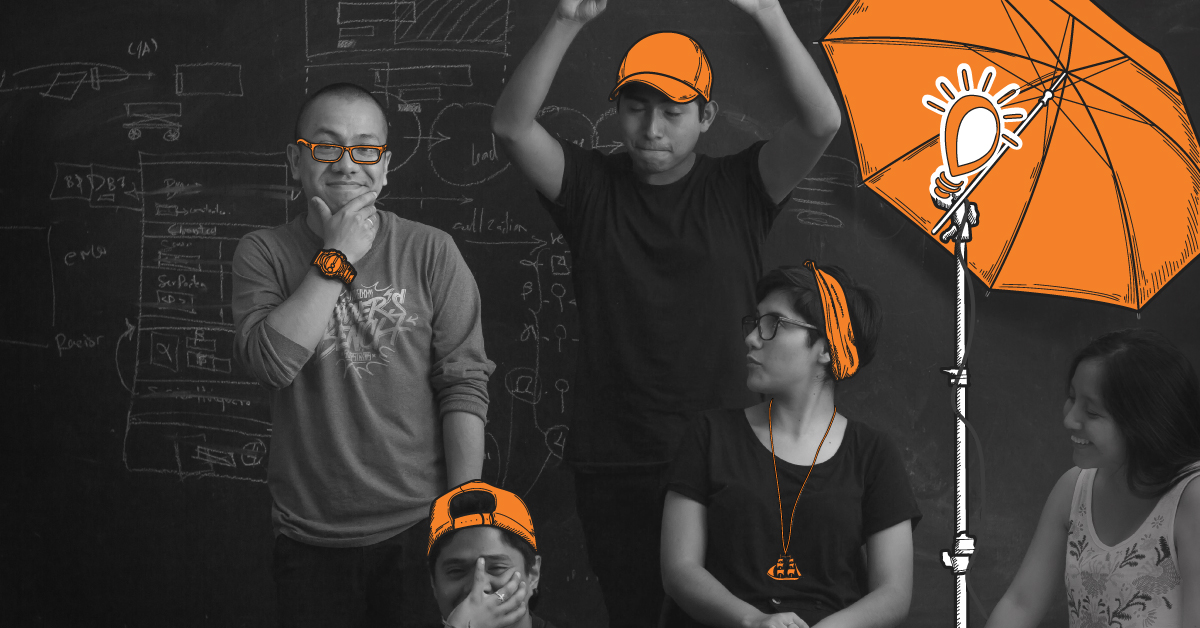
Many business owners take an egalitarian approach in their organizations and want to ensure everyone’s voice is heard. This approach can be great. But there are some instances when voicing opinions or voting on decisions simply doesn’t work. For example, voting on IDS is a waste of time. Let me explain.
IDS in the Level 10 Meeting™
As part of creating regular touchpoints, The Meeting Pulse® harnesses the power of the weekly Level 10 Meeting agenda.
This agenda outlines the framework for a standardized meeting structure that ensures leadership teams cover the material that matters most. The magic – and one of the secrets to the success of Level 10 Meetings – is the IDS (Identify, Discuss, Solve) portion. The goal of any IDS session is to solve the most important issues first. By the way, Issues aren’t just problems; they can be opportunities as well.
Once the leadership team has created a laundry list of issues and has everything on the table, they must prioritize what to tackle first. But staring at a list of 25+ things can get intimidating. Some leaders may be tempted to fall back on their egalitarian principles and resort to voting on their priorities.
It shouldn’t have to come to voting to know which issues need solving for the greater good of the organization.
Cut the Debate
Here’s why: If you try to vote on the top three issues, the leadership team will inevitably go into debate mode. This exercise simply wastes valuable time on debating and politicking. In the end, debating creates more confusion and unnecessary distraction.
All of this wasted energy only results in you not tackling the most important issues that need your attention. The leadership team should focus on prioritizing the issues that move the needle.
This way, if the team only gets through one or two issues, they will still have solved the most important issues and ultimately moved the business forward. As an added benefit, once the team solves the prioritized issues, they may find that other issues on the list are only symptoms of more urgent issues.
How to Prioritize Without the Ballot Slips
When the leadership team selects the top three issues, they must be clear on the organization’s priorities. With their priorities straight, selecting the top issues to address happens very quickly.
To decide on priorities without voting, the team must get on the same page with the company’s vision and goals. Sometimes you need to pull out the company Vision/Traction Organizer® (V/TO) as a reminder of what the team agreed was important.
Addressing any specific issue should help advance this quarter’s Rocks, the 1-Year Plan, the 3-Year Picture™, and ultimately the organization’s 10-Year Target™. If it doesn’t directly impact any of those things, skip the ballot counts because it’s not a priority to solve right now.
Move to Solve
Identifying and discussing only the most urgent issues takes discipline and practice. Instead of asking for a show of hands, keep your V/TO® close at hand. You’ll find it much easier to identify your most urgent issues.





